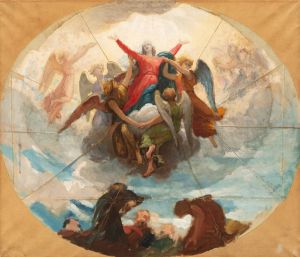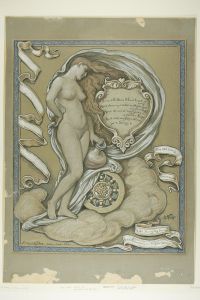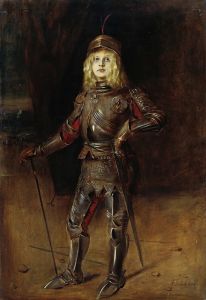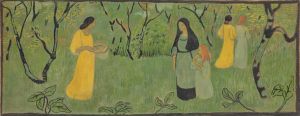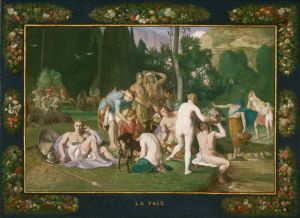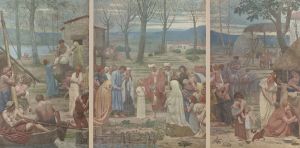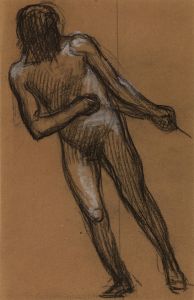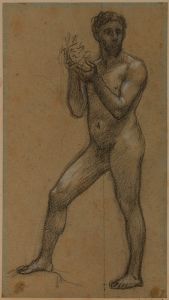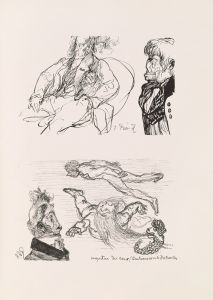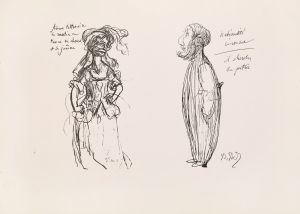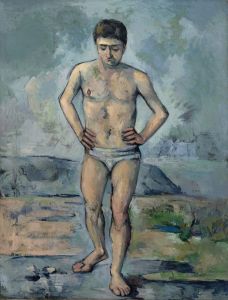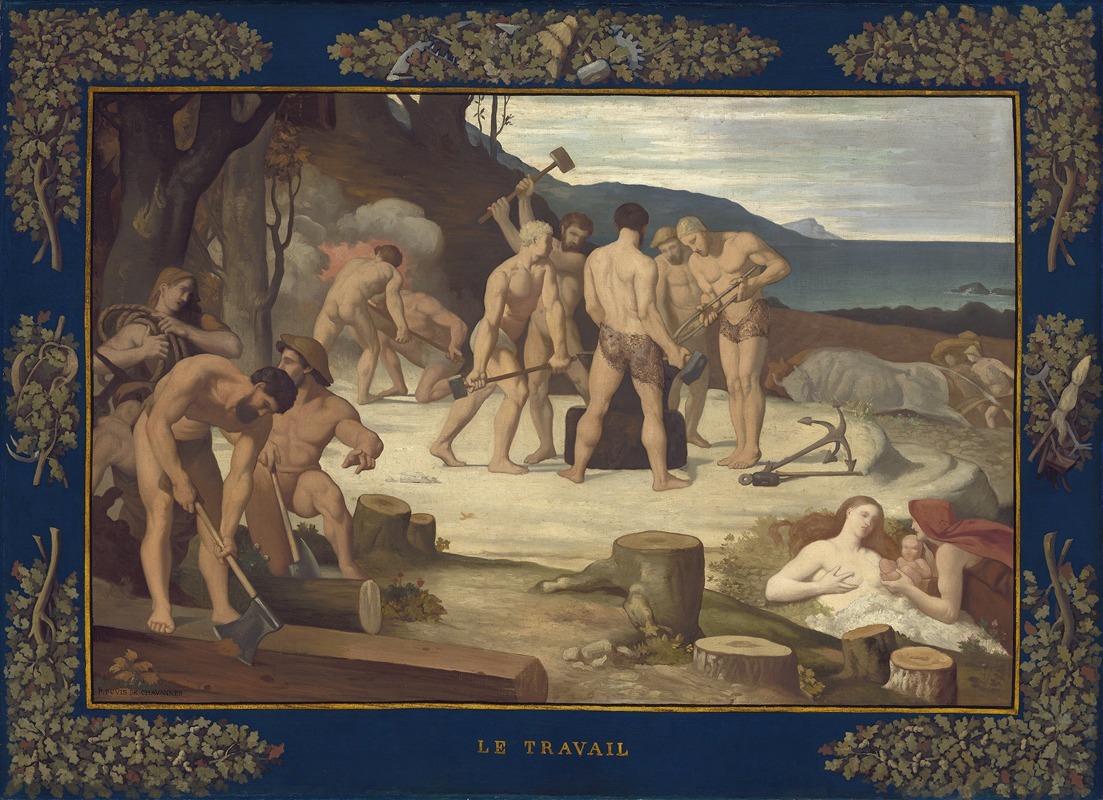
Work
A hand-painted replica of Pierre Puvis de Chavannes’s masterpiece Work, meticulously crafted by professional artists to capture the true essence of the original. Each piece is created with museum-quality canvas and rare mineral pigments, carefully painted by experienced artists with delicate brushstrokes and rich, layered colors to perfectly recreate the texture of the original artwork. Unlike machine-printed reproductions, this hand-painted version brings the painting to life, infused with the artist’s emotions and skill in every stroke. Whether for personal collection or home decoration, it instantly elevates the artistic atmosphere of any space.
Pierre Puvis de Chavannes (1824–1898) was a French painter known for his mural painting, which often depicted allegorical and classical themes. His work is characterized by its serene and contemplative nature, often evoking a sense of timelessness and idealism. One of his notable works is "The Sacred Grove, Beloved of the Arts and Muses" (1884-1889), which is housed in the Art Institute of Chicago.
"The Sacred Grove, Beloved of the Arts and Muses" is a large mural that exemplifies Puvis de Chavannes' style and thematic interests. The painting depicts a serene, idyllic landscape populated by figures representing the arts and muses. The composition is carefully balanced, with a harmonious arrangement of figures and natural elements that create a sense of calm and order. The figures are depicted in classical drapery, engaging in various artistic activities such as playing musical instruments, reading, and sculpting.
Puvis de Chavannes' use of color in this work is notable for its muted, pastel tones, which contribute to the overall sense of tranquility. The soft, diffused light enhances the dreamlike quality of the scene, making it appear almost otherworldly. The artist's technique involves a careful layering of paint to achieve a smooth, matte finish, which further emphasizes the timeless quality of the work.
The themes of "The Sacred Grove, Beloved of the Arts and Muses" reflect Puvis de Chavannes' belief in the importance of art and culture in society. By depicting the muses and artists in a peaceful, harmonious setting, he suggests that the arts have a vital role in creating a balanced and enlightened society. This idea was particularly resonant in the context of late 19th-century France, a period marked by rapid industrialization and social change.
Puvis de Chavannes' influence extended beyond his own time, impacting both his contemporaries and later generations of artists. His emphasis on harmony, simplicity, and idealism can be seen in the works of the Symbolists and other modernist movements. Artists such as Paul Gauguin and Georges Seurat admired his work, and his murals inspired the development of large-scale public art projects in the 20th century.
In addition to "The Sacred Grove, Beloved of the Arts and Muses," Puvis de Chavannes created numerous other significant works, including murals for the Panthéon in Paris and the Boston Public Library. His contributions to the field of mural painting were recognized during his lifetime, and he received numerous honors and awards.
Overall, Pierre Puvis de Chavannes remains an important figure in the history of art, known for his distinctive style and his commitment to the idea that art can elevate and inspire society. His works continue to be studied and appreciated for their beauty, technical skill, and philosophical depth.





